Boil is an unpleasant phenomenon, which is accompanied by a purulent abscess on the skin. If it is not cured in time, the pathology can affect deeply lying tissues, which can lead to unpleasant consequences. Treatment of a boil can be successfully carried out at home, after consulting with a dermatologist.
Material Content:
Boil - causes, symptoms
The appearance of a boil on the skin is caused by staphylococcus bacteria.

Normally, they are constantly present on the skin of a person, but diseases are caused only in certain conditions.
Infection can develop for a number of reasons:
- hypothermia;
- metabolic disease;
- decreased immunity;
- digestive tract diseases;
- violation of personal hygiene;
- severe stress;
- chemical or physical damage to the skin;
- malnutrition.
In addition, there is a greater risk of boiling if a person suffers from diabetes. Lack of vitamins in the body, a sharp change in climate, constant heavy physical exertion and lack of sleep lead to depression of immunity ... When the body is weakened, it is easier for harmful bacteria to attack a person and cause a festering boil.
Externally, the boil at the initial stage is similar to an ordinary pimple. But in this case, the pathology is accompanied by very strong pain.
There are three stages of the development of the inflammatory process:
- Congestion.
- Suppuration.
- Healing.
At each stage, the boil changes, new symptoms appear.
- The first stage is accompanied by redness of a certain area of the skin, pain and the formation of a small seal, similar to a tiny ball inside the skin. Within a few days, the area of inflammation expands, healthy areas of the skin redden, and unpleasant sensations intensify. Three days later, the pathology proceeds to the second stage.
- The solid knot under the skin expands, it can reach a diameter of 2 centimeters, takes the form of a cone. Pus forms inside this cone. Any contact with the affected area is very painful. The temperature may rise to 38 degrees and symptoms of dehydration may occur. The boil becomes clearly visible.
- As soon as suppuration has formed, the third phase of the disease begins. Healing occurs after pus either flows out on its own or is removed surgically. Gradually, pain and swelling of the skin begins to pass. The temperature drops.
Two days later, the boil heals, and a small scar appears on the site of the wound. The pathogenesis of the boil from its inception to scarring takes about 10 days.
Home treatment
Surgical intervention with the appearance of pathology is an extreme method. The boil is opened on the operating table, if pus does not leak on its own. But if you treat the boil immediately from the moment of its appearance, you can get by with home therapy.
In no case do not squeeze the boil yourself! This is not only very painful, but usually does not bring any result.
In unfavorable circumstances, inflammation can affect nearby tissues and cause deep skin damage. The treatment of this problem will require the obligatory intake of antibiotics and, probably, surgical intervention.
Ointments against boils
The ointment accelerates the maturation of the purulent rod of the boil, draws its contents from the wound and promotes a breakthrough. At the last stage of pathogenesis, antibacterial types of ointments are used, which act directly on pathogens in the focus of inflammation. At the healing stage, it is good to use ointments that accelerate tissue regeneration.
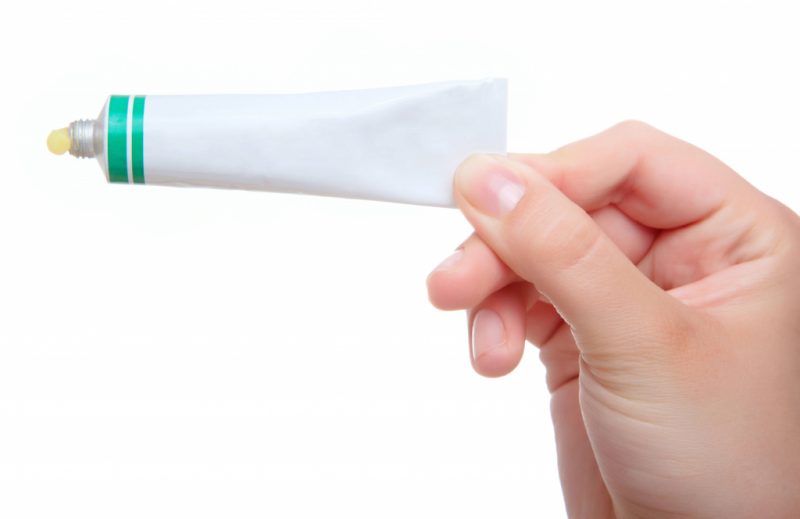
- Vishnevsky ointment. The medicine accelerates the formation of pus, so it is used at the first stage of the development of the boil. It consists of castor oil, tar and xeroform, is the most inexpensive and effective tool. The ointment accelerates the metabolism, as a result of which the blood flow to the affected area increases and pus forms and flows faster. The drug must be applied in a thick layer on a piece of gauze, applied to the wound, fixed with adhesive tape and left for 9 hours. After you remove the bandage, check the boil. If it does not open, treat the skin with an antiseptic and reapply the ointment.
- Ichthyol ointment. It must be applied to the sore spot after opening the abscess. The medicine anesthetizes and eliminates harmful bacteria. Remains of pus, if any, flow out, and a clean wound begins to heal. The drug has an unpleasant odor of tar, but the effect gives. Before applying the ointment to the skin, make sure that the product does not cause you allergies. To do this, apply a little ointment to the bend of the elbow and trace the reaction for an hour or two. If redness or burning does not occur, squeeze the drug onto a cotton pad and fix the boil in place with a band-aid.
Medications
Treatment will be most effective and fast if a set of additional measures is applied. Therefore, in addition to ointment, use tablets and traditional medicine.

Medicines are aimed at eliminating bacteria. The doctor prescribes antibiotics to the patient when it is known what kind of bacteria provoked inflammation.
Depending on the type of bacteria, drugs are divided into several groups:
- tetracycline;
- aminogleside;
- fucidin;
- cephalosporin;
- zineritic;
- fluoroquinyl;
- macrolide.
In addition to antibiotics, antimicrobials are prescribed to help cleanse the wound of harmful microorganisms.
Among them:
- "Biseptolum";
- Linkomycin;
- "Dimexide";
- Miramistin;
- "Hyoxysone."
Antiseptics are used to prevent new inflammation.
Read also:acne salicylic acid
Among them:
- Salicylic acid.
- Chlorophyllipt.
- Betadine.
- Magnesia.
- "Fukortsin."
- Manganese solution.
- "Vinylinum."
In order to completely cure the disease, it is advisable to take vitamins that will enhance immunity, strengthen the body and improve its resistance to bacteria.
Folk methods
In addition to ointments and tablets, folk remedies can be used. Basically, these are compresses that contribute to the maturation and opening of the abscess.
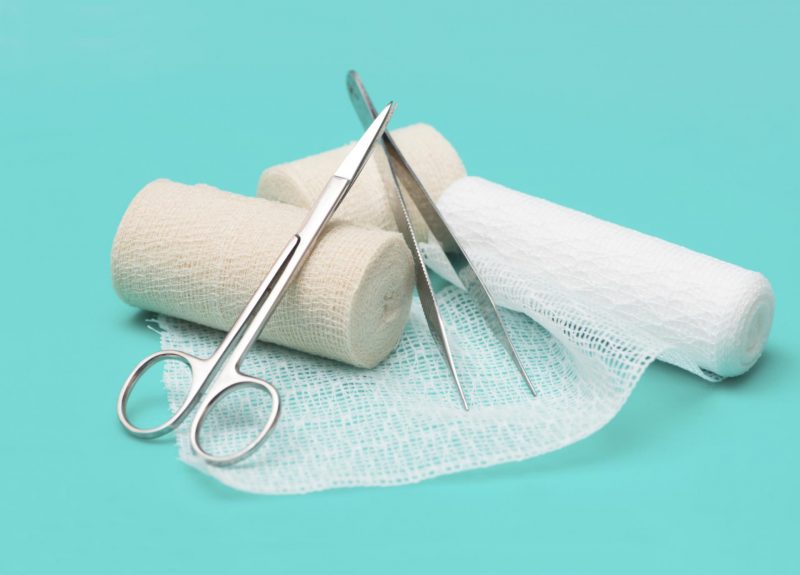
- Garlic compress. It must be applied to the affected area in the first stage of boil ripening. Mash the garlic cloves into a slurry with a knife, apply it on cheesecloth and apply to a sore spot, after treating the skin with an antiseptic.
- Burdock. Burdock leaves should be washed and boiled in boiling milk until soft. We fix the leaf in the affected area of the skin.
- Nettle with vinegar. This tool is used to accelerate the maturation process of the boil rod.
- Bread yeast. In 200 ml of warm water, we dilute 15 grams of raw yeast. The resulting solution must be drunk every morning on an empty stomach.
Features of the treatment of boils
A boil can occur on absolutely any area of the skin. If it appears on a moving area of the body, for example, under the armpit or in the groin, this brings great inconvenience, and the pathology is much more difficult.
On the pope
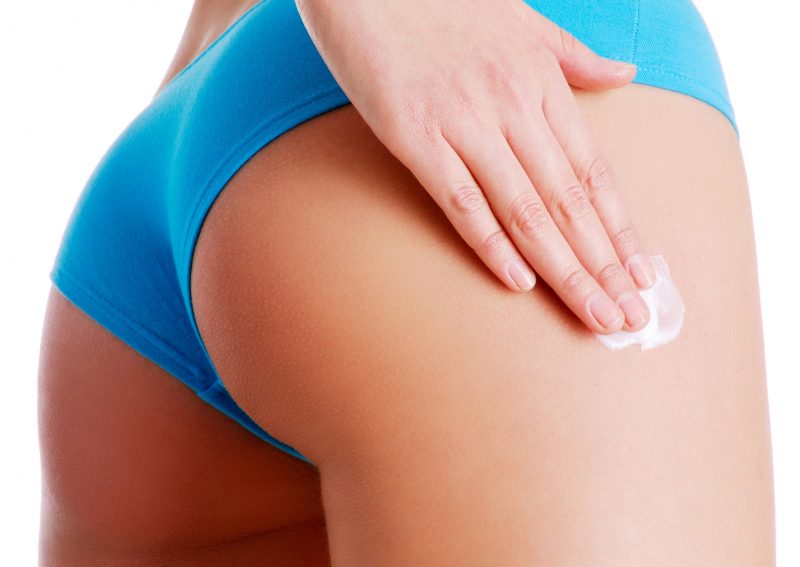
Do not try to open the boil or squeeze it yourself. Thus, it is possible to provoke the appearance of new ulcers. It is best to use Vishnevsky ointment or ichthyol. Change the dressing with the medicine once a day. After the purulent contents come out of the wound, treat the boil on the pope with iodine or brilliant green.
On the eye, on the face
The face is the most noticeable part of the body. Therefore, it is advisable to get rid of the boil in this area as soon as possible, making sure that it does not leave a scar and does not entail serious complications. For example, a boil in the eye is fraught with the spread of infection, which can be harmful to eyesight. The facial nerve affected by inflammation is able to “skew” the face and it is not clear whether it will be possible to correct the situation after recovery.

With a noticeable appearance of pus, it is best to take antibiotics that your doctor will prescribe. Before applying the ointment to the affected area, carefully sanitize your hands and face. At the first stage of the pathology, anti-inflammatory drops are instilled into the eye.
In the ear canal
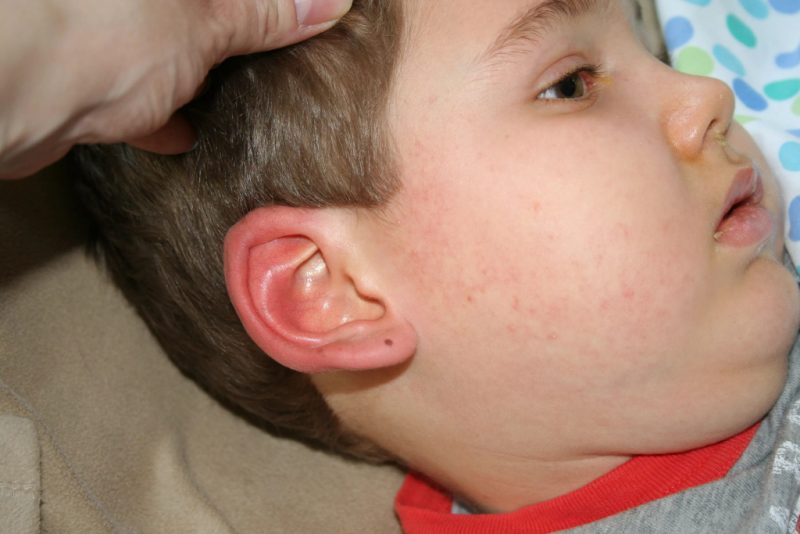
It is necessary to treat the boil in the ear as soon as possible and more effective, since if the infection spreads, it can affect the person’s hearing. It is best to use antibiotics and anti-inflammatory drugs. Instead of ointments, use drops.
Boil on the foot
In such cases, ointments, compresses and lotions with traditional medicine are very effective.
In the armpit
The faster the boil passes, the more likely you are to have no scars. At the first stage, the boil is treated with antibiotic solutions.
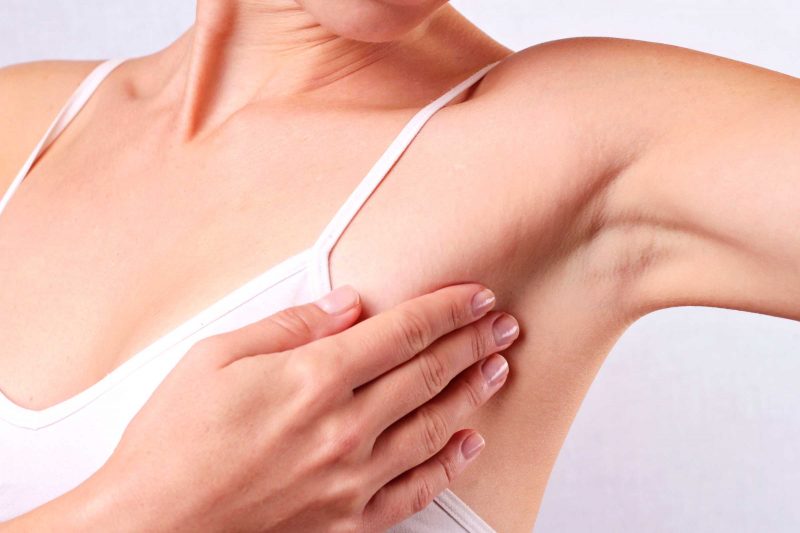
Due to constant friction when walking, the spread of infection and the involvement of a vast area in the inflammatory process are possible.
Therefore, before healing the boil in the armpit, it is better to fix the hand, minimizing movement.
How to treat boils during pregnancy in children?

Most antibiotics and ointments are contraindicated in pregnant women and children. With a boil in women in position, the temperature rises to 39 degrees, which is dangerous for the fetus. If treatment is not started in time, then the pathology can spread throughout the body and become chronic. It is best to use compresses with ointments and lotions of chamomile, honey or sage.If home therapy does not work, you should definitely go to the hospital!
Prevention of occurrence

To prevent the occurrence of boils, you must follow the rules of personal hygiene, protect your body from hypothermia and monitor the condition of the immune system. These simple actions will protect you from unpleasant sensations and severe consequences of the development of the boil.












